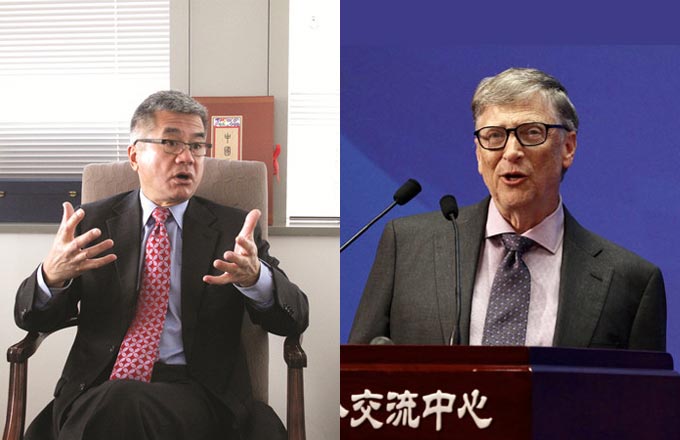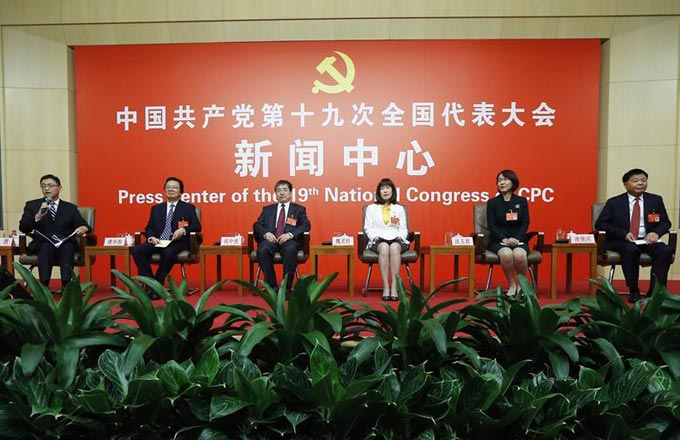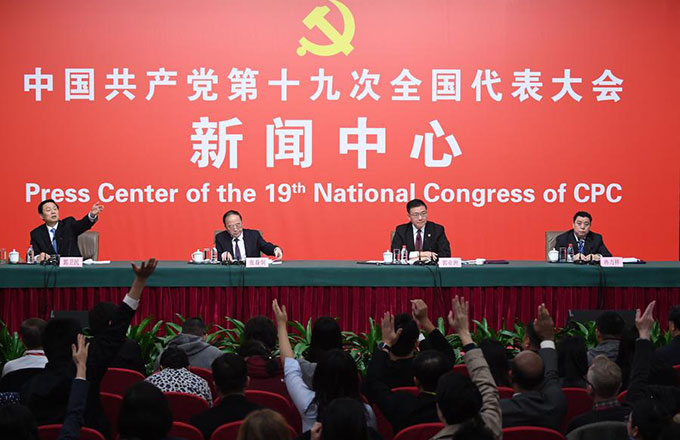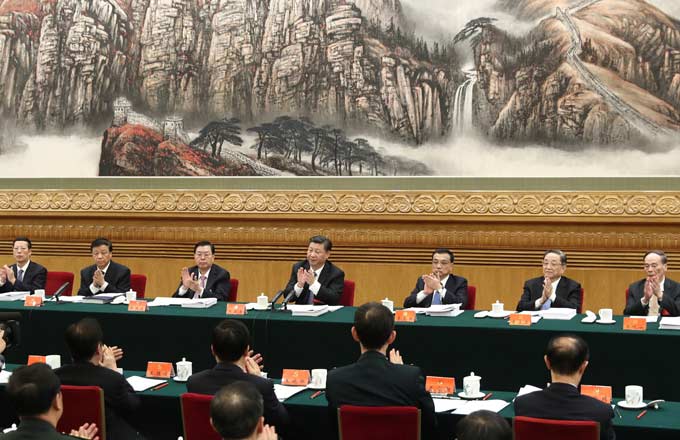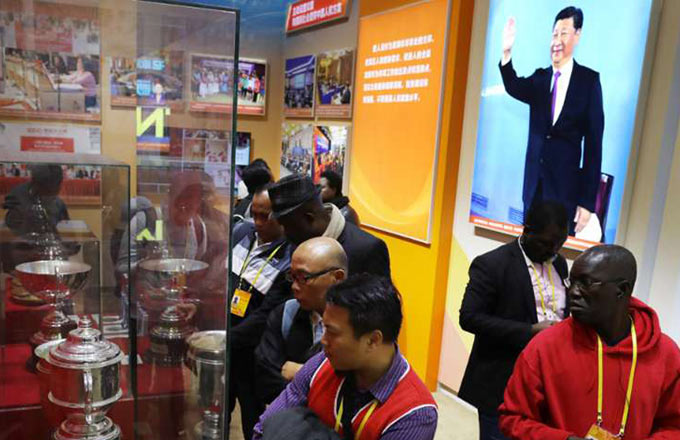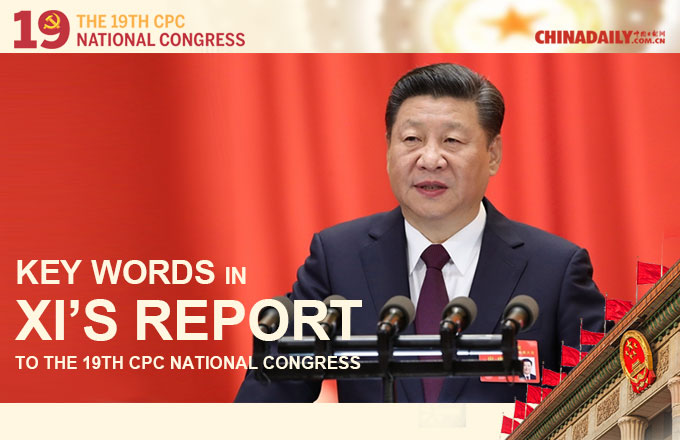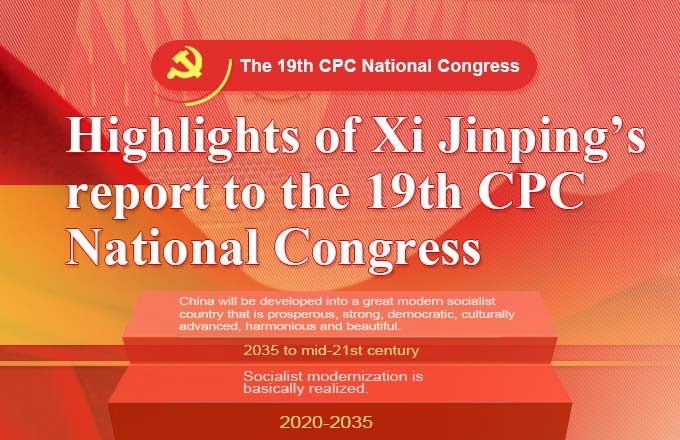There's light on Qinghai-Tibet Plateau
While the children of Yege township are the first generation that could read, just a few years ago they couldn't after dark. That's because there was no electricity - hence, no light - in the seven tents that 78 of the primary school's 137 nomadic children called their "dorms" in Qumarleb county on the Qinghai-Tibet Plateau.
That changed in 2011, with a project I led to install solar power. Later, the government, under the direction of the Communist Party of China, created new infrastructure, bringing a full power grid to isolated communities where elevations hover around 4,200 meters.
I've witnessed the changes firsthand since founding the volunteer initiative in this remote swath of the plateau. Over the past half-decade, the government has delivered continuous electrical power to the township and county. That's 100 percent, 24/7. That seemed unthinkable when I first arrived.
It has also built new dorms for students and teachers, a new canteen, classrooms, bathroom facilities, a clinic, an activity center, computer labs and much more.
In addition, the government, led by the Party, has provided Qumarleb's nomads with modern homes near urbanized downtown areas. It has also paved roads to the county seat.

Indeed, China has proved that connectivity reduces poverty. It has enhanced transportation infrastructure at a dizzying rate, with broad scope and reeling efficiency.
The approach goes beyond infrastructure in places like Qumarleb, where illiteracy and language barriers have made it difficult for older generations to migrate, and natural conditions are severe and afford few resources.
Geography and geology connive against livelihoods in this plateau settlement that sires little more than snow and grass.
But the government has recently responded to the challenges with career training - part of Party General Secretary Xi Jinping's targeted poverty-alleviation strategy.
Nomads can get free, certified, on-the-job instruction to become automobile mechanics, hairdressers or painters of traditional Tibetan thanka. Qumarleb is but one of many underdeveloped areas where such Party-led approaches are swiftly improving life through both "hardware" and "software".
Over the past decade, I've regularly traveled to remote, underdeveloped communities throughout the country, journeying through nearly every province not only to cover poverty but also its solutions.
China has many remedies. Experiments I've covered range from ethnic Mongolian nomads raising emu instead of sheep to prevent desertification and boost incomes, to harnessing solar power to alleviate the devastation of droughts in rural Zhangjiakou.
These are authoritative testaments to the effectiveness of the Chinese model.
Poverty alleviation, especially during the past half-decade, is a highlight of China's triumphs.
The country has hoisted more than 700 million people out of extreme poverty over three decades. About 56 million have escaped poverty since 2013, including more than 12 million last year alone. Indeed, the nation is lifting people out of poverty faster than at any other time or place in history.
Xi announced that the country will entirely eliminate extreme poverty by 2020, a decade before the United Nations' goal of eliminating "all forms" of poverty.
The 19th CPC National Congress provides an opportunity to enhance the effort's global profile, restate the Party's dedication to the 2020 goals and gaze beyond in terms of tackling relative poverty. The Party is offering underdeveloped areas a brighter future.
My realization in Qumarleb six years ago was that the light at the end of the dark tunnel of poverty may be children reading after sundown.


